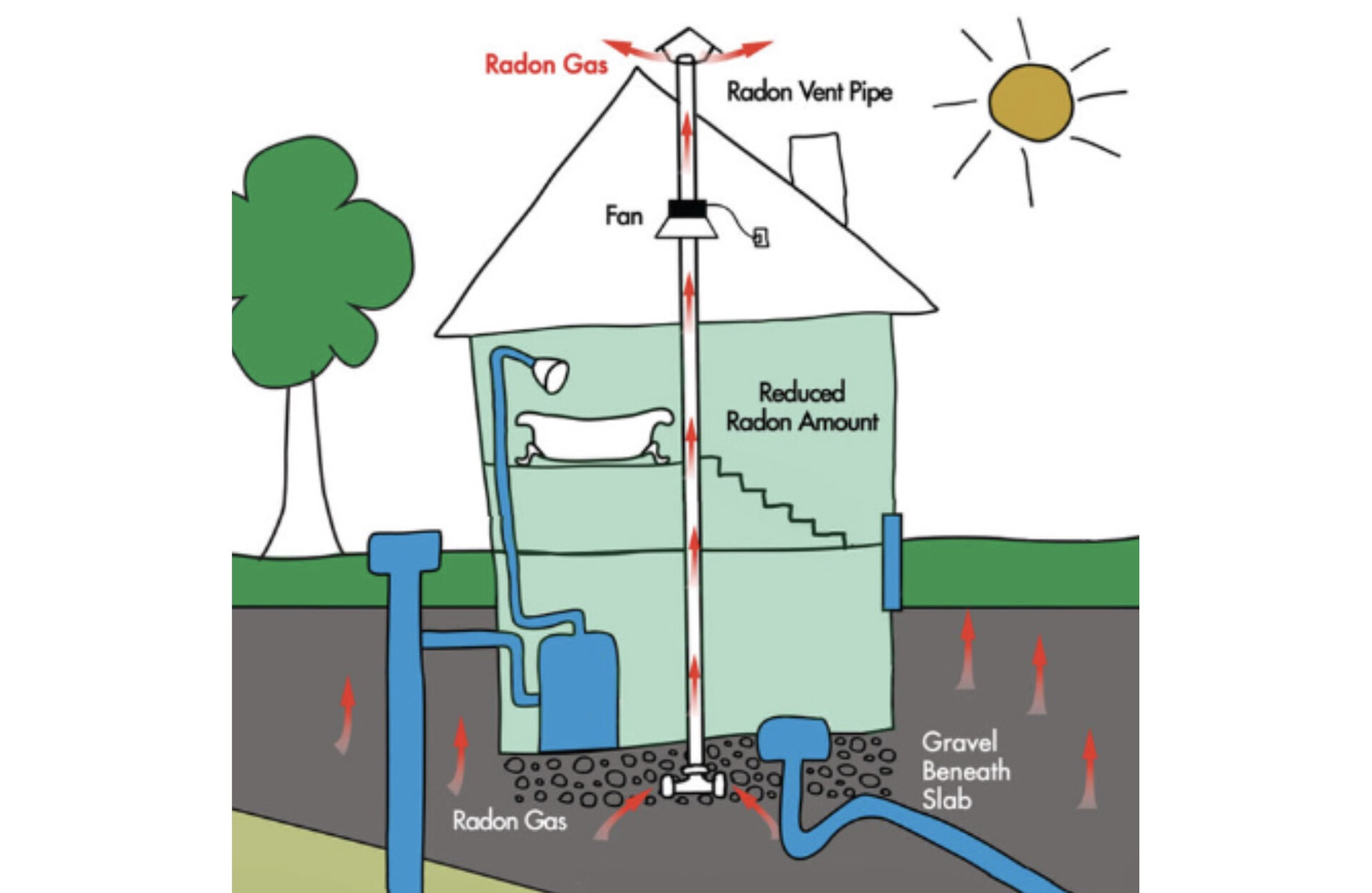Alarming Radon levels found in Quebec homes, urgent testing and awareness needed
Tashi Farmilo
Radon, a colourless and odorless radioactive gas formed through the natural breakdown of uranium in soil and rocks, has emerged as a significant health concern in residential properties. The Quebec Lung Association (APQ) recently conducted an analysis revealing high radon levels in homes across the province, highlighting the urgent need for testing and awareness. Prolonged exposure to this gas can lead to lung cancer, especially in individuals without pre-existing respiratory conditions such as asthma or allergies. Shocking statistics show that approximately 1,000 lives are claimed by radon annually in Quebec.
The APQ's analysis of radon measurements collected over the past 15 years in Quebec has revealed alarming results. About 18% of the tested homes exceeded the national guideline of 200 Bq/m3 of air, indicating an elevated risk of developing lung cancer due to prolonged exposure to high radon levels. Contrary to common belief, new homes are not immune to radon infiltration. In fact, their superior insulation and airtight construction often result in higher radon concentrations compared to older dwellings.
Arthur Ladouceur, an expert from Radon Gatineau, brings attention to a common misconception regarding radon levels in homes. He emphasizes that assuming neighbouring homes have similar radon levels based on one low reading can be misleading, as radon concentrations can vary significantly from one home to another.
In terms of radon infiltration, Ladouceur highlights that even in a meticulously sealed home, radon can still find its way in through vulnerable points such as the perimeter where the floor meets the wall and other potential entryways like seating areas. He draws attention to an oversight in radon prevention during the construction of new homes, where builders often prioritize energy efficiency and tight sealing while neglecting necessary radon prevention measures. Unfortunately, this oversight inadvertently results in radon becoming trapped indoors, potentially posing health risks to occupants.
"Employing radon detection devices is essential, just as individuals protect themselves with smoke and carbon monoxide detectors," emphasizes Ladouceur. He recommends the most efficient testing method, which involves acquiring a personal home radon monitor. “These monitors are readily available on platforms like Amazon and typically cost below $200. By securely attaching the device to a wall within one's home, residents can receive daily updates on radon levels. Since radon concentrations fluctuate on a daily basis, continuous monitoring provides a more accurate and comprehensive understanding of the situation,” continued Ladouceur. These user-friendly and safe devices can also be purchased at hardware stores or through the official website of the Quebec Lung Association, offering a relatively inexpensive solution to accurately gauge radon levels.
Demolition Request to Gatineau cites Radon problem
A recent Request for Demolition that went to the Demolition Request Committee included a point about Radon levels in the request. The house slated for Demolition is one of the Allumettes Homes, a mail-order house that didn’t come with vapour barriers in the crawl space. At the meeting, the elevated risk of radon was a point in favour of demolition, although no testing had been carried out for that site in Old Hull.
The awareness and regulations regarding radon levels in Canada reveal a significant disparity, with only a small percentage of the population being aware of the risks associated with radon. Health Canada recommends conducting a radon test over several months to accurately capture the fluctuations in radon levels, preferably between October and April. Placing radon detection devices in frequently occupied rooms, such as ground-floor living rooms or basement bedrooms, can provide valuable data for assessing the risk of radon exposure. It is essential to take appropriate measures to reduce exposure if high concentrations of radon are detected.
For individuals involved in buying or selling homes, it is crucial to consider potential radon exposure. Including provisions in sales contracts that set aside funds for radon testing allows buyers to conduct necessary mitigation work within a specified timeframe if required. This proactive approach ensures the safety and well-being of occupants. Understanding the sources and entry points of radon, as well as employing proper testing and mitigation measures, is crucial to ensure a safe living environment. As the health risks associated with radon exposure continue to emerge, it is important for homeowners, policymakers, and communities to prioritize radon testing, awareness, and mitigation efforts.





